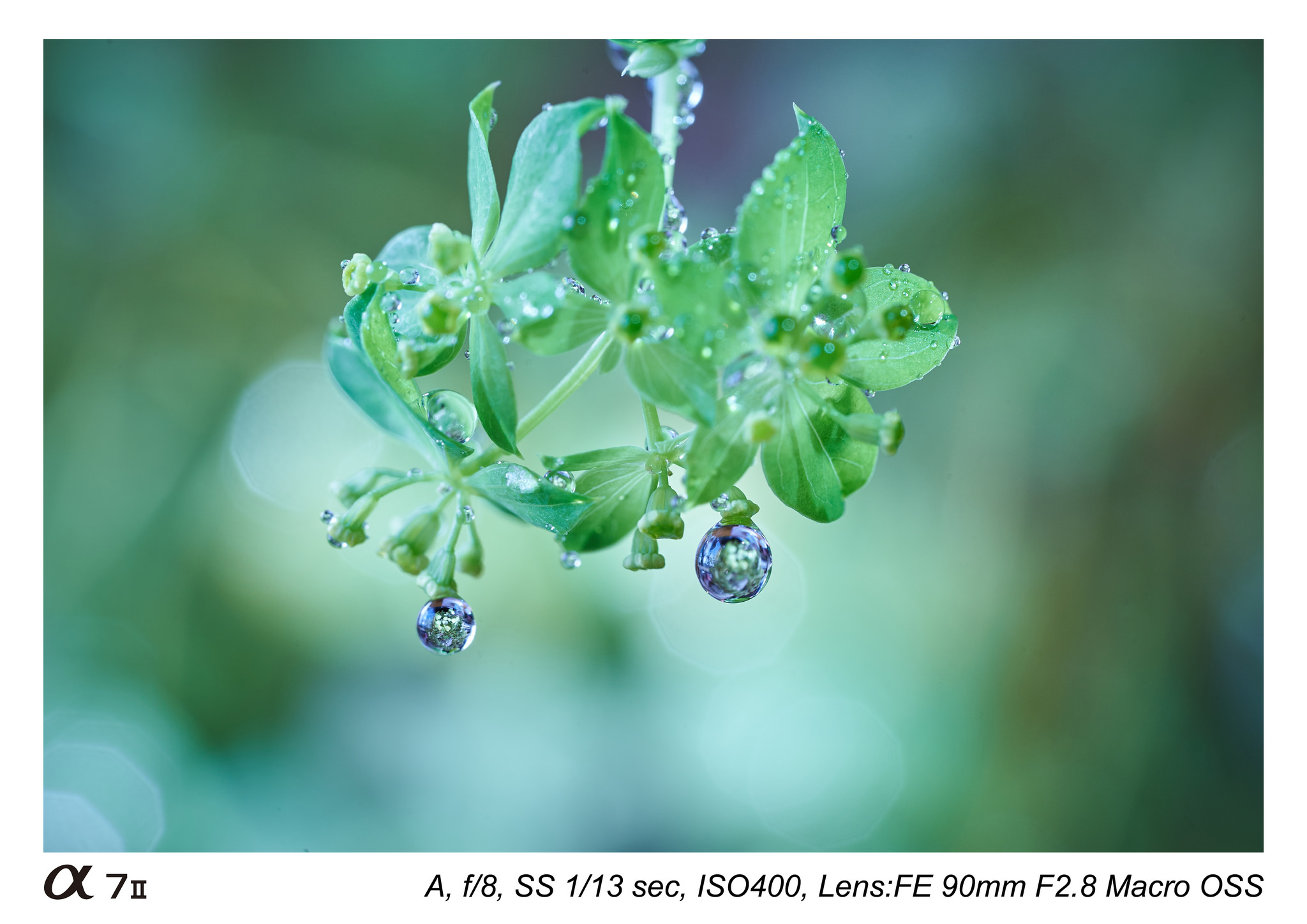

take your shots and immediately post them on your social media page for example. My understanding is the creative styles is about setting up something so that you don't have to do post processing, e.g. Overall, though there are differences and preferences, these are 3 high-quality lenses. And of course, it does very well indeed for close ups, but also for other types of photography, like cityscape or landscape.Īnother membre indicated that this lens was reviewed on DearSusan, as is the 85GM (I wrote that review). Overall, this mild and painterly presentation is great for dreamy, poetic, romantic shots, if f:2.8 is fast enough for your portraits. But zoom in and everything is really really sharp and clean. It does not appear super-sharp in the sense that it is not in-your-face sharp the way, say Zeiss macro lenses are. Low to very low micro-contrast and fabulous colours, tremendous detail. The Sony 90 G macro is a totally different lens to the Batis, almost opposite in a way. Overall its rendering lacks the sweetness and charm I like for portrait lenses. But its bokeh can be a bit busy/rocky/harsh its strong micro-contrast (typical Zeiss) can be unkind to colours and portrait. And of course, i should mention that it is a large, heavy and expensive baby.Ĭompared to it, the Batis is a good, solid all-rounder. But that is defintely not a situation I run into often. I find one weakness: when I shoot with very shallow DOF, and there is a structured background close to the foreground, the rapid transition away from in-focus can make the BG look a bit "unnaturally blurry". And it also performs remarkably well for all other forms of photography that I tried with it, short of sports/birding. Wide open it loses just a bit of ultimate sharpness, which is not a problem for portrait, some even prefer it that way. The lowish micro-contrast means it does not unkindly underline facial features the way a stronger micro-contrast would (read: Zeiss Batis). It has gorgeous colours, a very creamy bokeh, and rapid transition from in-focus to out-of-focus. It is a phenomenal lens, and it is optimized for portraits, including wide open. DXO has just given it a fantastic review, saying it has Otus level image quality.įor portraits, the 85 GM is the best of the 3. If you do mostly portraits, I'd consider saving up for the 85 1.4 GM lens.

For a more general purpose lens with an emphasis on portraits, I'd pick the Batis (which is a fantastic landscape lens as well).

If you do a lot of macro work I think this should guide you to your answer. So if the choice is between the Sony 90 2.8 and Canon 100 2.8 L macros, the Sony is the clear winner in my book.īut the Batis 85 1.8 is very sharp also, also with nice bokeh (which of course can be very subjective some might like the bokeh of the Batis better than the 90 macro, and others vice versa).īoth the 90 macro and the Batis 85 are very, very good lenses and each has its place.

The 90 2.8 is the sharpest sharper than the Canon 100 2.8 (but at the same time not as "clinical" rendering as the Canon), with nice bokeh to boot. I have no test result images to offer, but based on taking a lot of real world images with all three lenses here is my experience: I own both the 90 2.8 macro and the Batis 85 1.8. If I cropped both images to the post box only would they be equally sharp? ok resolution sizes would be different as would native print sizes but just for visual sharpness what would happen?
Sony 90mm macro portraits plus#
Hope this helps.įiveform, since you have or had both can I ask you was the 90 visibly sharper ( I presume) compared to the 70-200 at 90mm? I am wondering, and I am only talking about centre sharpness, if a similar crop of a object out of a 90mm image and a 70-200 image would compare for sharpness detail? for example if across a street and at 200mm f4 I took a image of a post box plus what ever else fitted in the image and the the same postbox with the 90mm at f4 Sorry, but I can't compare with Canon or other lenses which I haven't owned. The 90 is way sharper than the 70-200 which is listed near the top at DxOMark. This all works for me, but I do miss the FE 90 and may pick one up in the future for macro work. I'm not unhappy, as I have a more flexible lens (albeit slower) that can handle portraiture, sports, landscapes and theater (yes, easily at 800 ISO) and I'm no limited to a single focal length. Having said that, when an opportunity came up to acquire the FE 70-200 f/4 I swapped with someone on FM forums. I captured a lot of macros and did also use it in my studio with electronic flash for dazzlingly sharp portraits. I can offer that I had owned the FE 90 Macro f/2.8 and really did love everything about it.


 0 kommentar(er)
0 kommentar(er)
